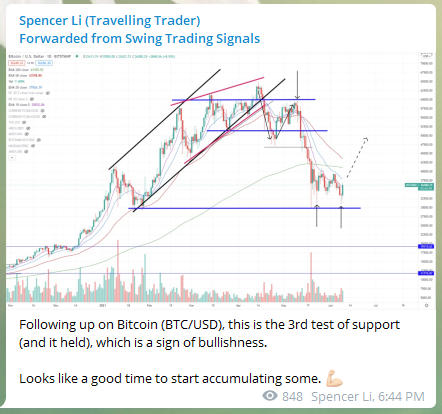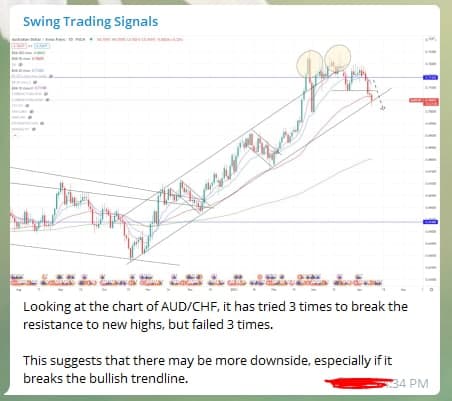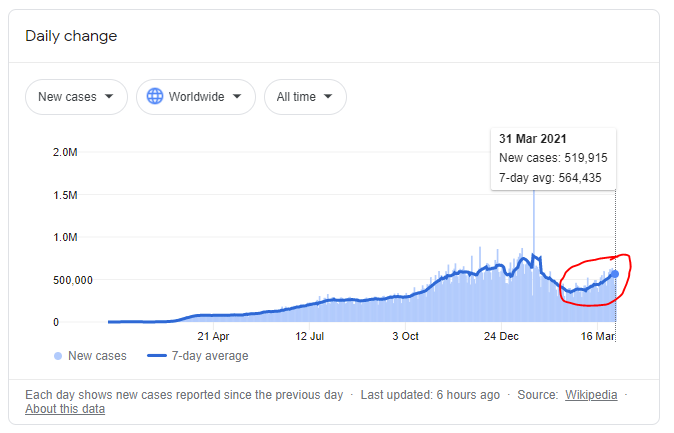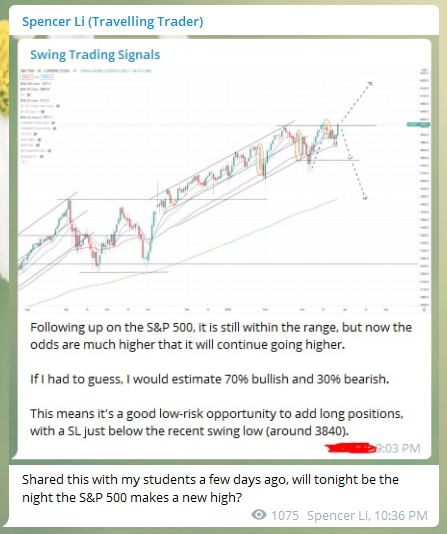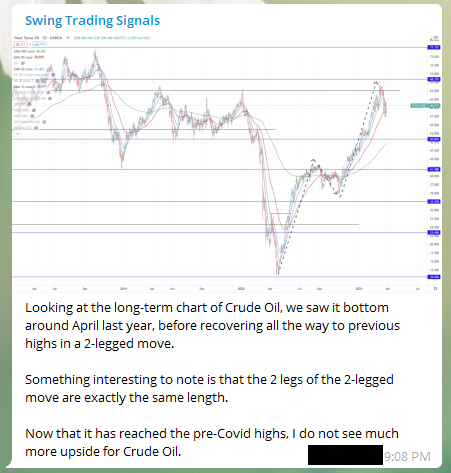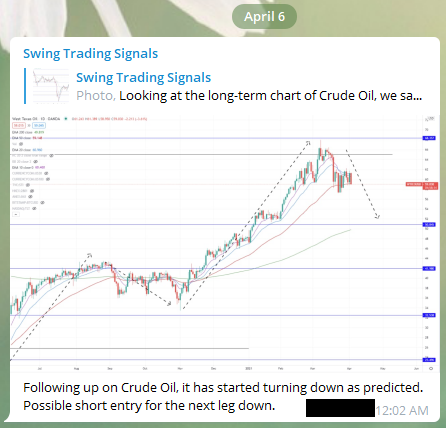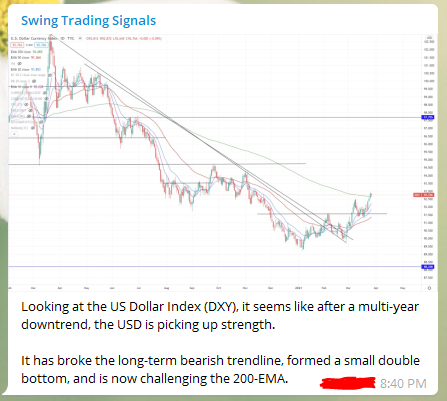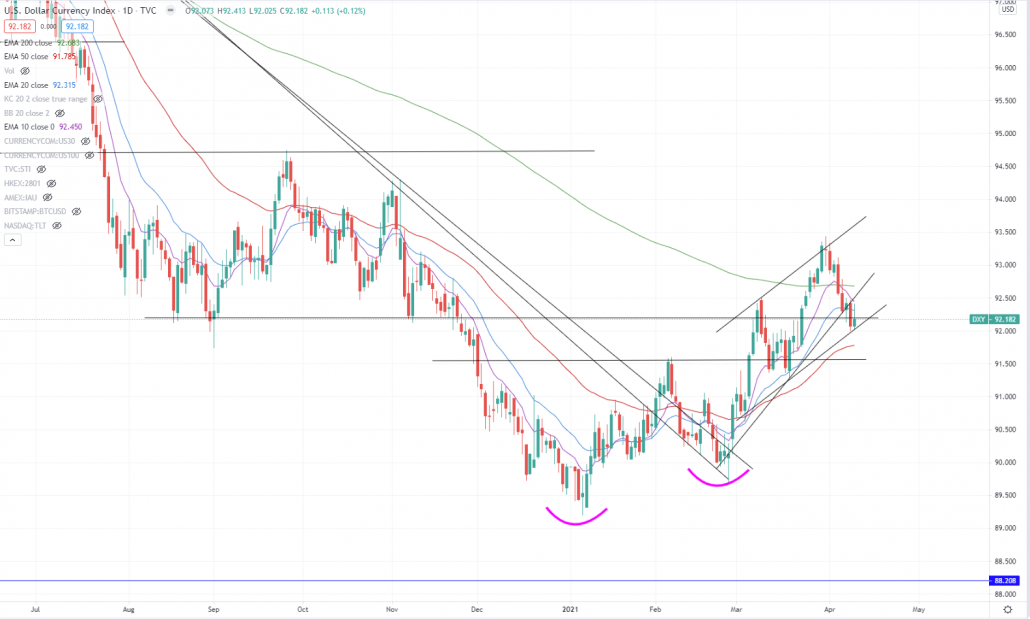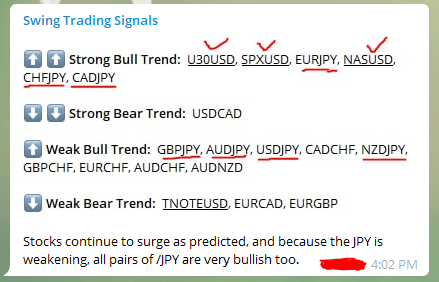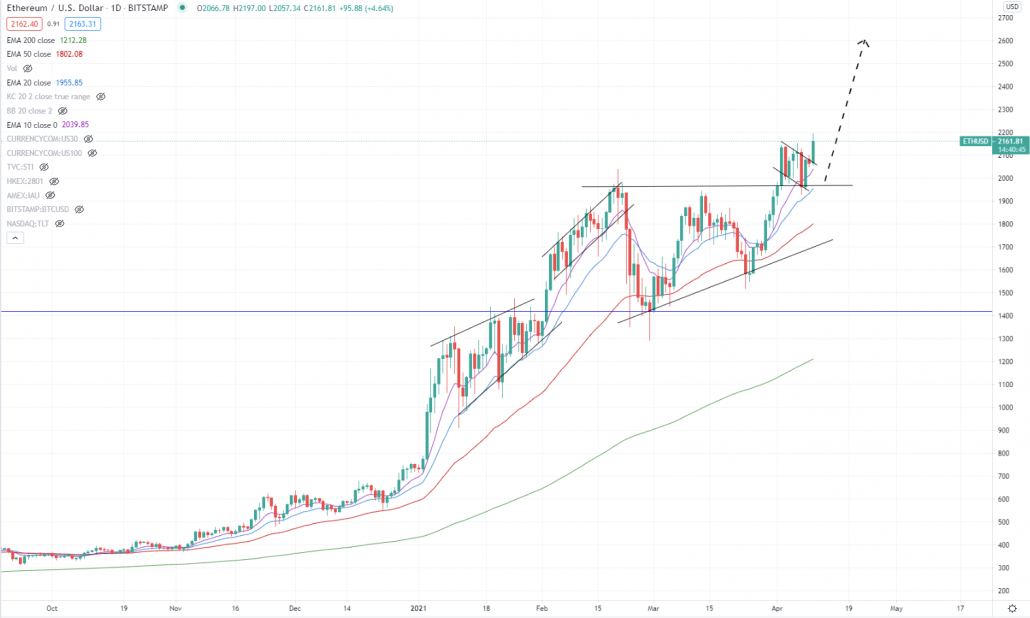In the ever-evolving world of finance, a new horizon is emerging that could reshape how we view investment in digital assets.
The possibility of an Ethereum (ETH) Exchange-Traded Fund (ETF) has stirred a buzz in both the cryptocurrency and traditional financial sectors. Imagine a world where investing in Ethereum, the second-largest cryptocurrency by market capitalization, is as simple as buying shares in your favorite company.
This development is not just about expanding investment portfolios; it’s a milestone that bridges the often-mystifying gap between the burgeoning world of cryptocurrencies and the traditional, regulated financial markets.
In this blog post, I’ll going to cover the complex journey towards the potential approval of an Ethereum ETF, unpacking the SEC’s cautious stance, industry forecasts, and the significant implications this could have for the future of cryptocurrency investments.
The SEC’s Stance and the Delay in Approval
The United States Securities and Exchange Commission (SEC) plays a pivotal role in the approval of any Exchange-Traded Fund (ETF) in the United States, including those based on cryptocurrencies like Ethereum. The SEC’s primary concern has always been investor protection and market integrity. In the case of Ethereum ETFs, the SEC’s cautious approach is evident.
The SEC has historically shown a pattern of delaying decisions on cryptocurrency ETFs. For instance, the decision on BlackRock’s spot Ethereum ETF was postponed, a move that aligns with the SEC’s typical strategy of taking additional time to assess these novel investment products. This delay, announced just a day before the initial deadline of January 25, initiated a 240-day review period, a window the SEC often utilizes for comprehensive evaluation.
For BlackRock’s proposal, the final decision date is set for August 7, 2024. However, this is not an isolated case. The SEC has several deadlines stretching from May 23 to August 3, 2024, for various Ethereum ETF applications.
The SEC’s decision-making process is complex and influenced by a multitude of factors. While no specific numbers can predict the outcome, the trend of delays followed by eventual approvals, as seen in the case of Bitcoin ETFs, offers insights. The SEC approved 11 Bitcoin spot ETFs, albeit after significant delays and scrutiny, indicating a gradual opening to cryptocurrency-based investment products.
The market dynamics surrounding Ethereum also play a crucial role. Ethereum’s transition to a proof-of-stake model (Ethereum 2.0) and its position as the second-largest cryptocurrency by market capitalization are critical considerations for the SEC. This transition might influence the liquidity and volatility of Ethereum, factors the SEC is likely to scrutinize closely.
Forecasting the SEC’s decision is challenging, given its history of unpredictability in dealing with cryptocurrency products. However, experts like Bloomberg ETF analyst Eric Balchunas and his colleague James Seyffart have expressed optimism, estimating a 60-70% likelihood of approval for Ethereum ETFs in 2024. This optimism is partly based on the precedent set by the approval of Bitcoin ETFs and the growing institutional interest in Ethereum.
The journey of Bitcoin ETFs provides a valuable case study. The SEC’s eventual approval of Bitcoin ETFs, after initial reluctance, suggests a warming up to the idea of cryptocurrency as a legitimate asset class. This could bode well for Ethereum ETFs.
Industry Experts Weigh In
The discussion surrounding the approval of an Ethereum ETF is not just confined to regulatory circles; it’s a topic of keen interest among industry experts who offer varied perspectives based on market analysis, regulatory trends, and the evolving landscape of cryptocurrency investments.
Optimistic Outlooks
Crypto Market Analysts’ Predictions: Many experts are in the camp that foresees a positive outcome for Ethereum ETFs. Matt Kunke expresses a robust 75% likelihood of approval come May 2024, basing his optimism on the success of both Ethereum futures and the broader acceptance of cryptocurrency in the regulated financial markets. Philippe Bekhazi echoes this sentiment, underlining the parallels between Bitcoin and Ethereum, particularly their status on regulated futures markets like the CME.
Comparison with Bitcoin ETFs: The precedent set by the approval of Bitcoin ETFs is often cited as a reason for optimism. These experts draw parallels between the trajectory of Bitcoin ETFs and the potential path for Ethereum ETFs. The successful launch and operation of Bitcoin ETFs have seemingly paved the way for a similar acceptance of Ethereum-based products.
Cautious Stances
Traditional Financial Analysts’ Views: On the other end of the spectrum, voices from traditional finance, like Anthony Scaramucci of SkyBridge Capital and analysts at JPMorgan, exhibit more caution. They point out the SEC’s historically stringent approach towards crypto-related products and the unresolved question of Ethereum’s classification as a commodity or a security. This uncertainty, they argue, casts doubt on the likelihood of an Ethereum ETF approval in the near term.
SEC’s Past Decisions and Statements: The fact that the SEC’s approval of a Bitcoin ETF was a close call, with only a one-vote margin, including SEC Chair Gary Gensler’s vote, is often referenced. Gensler’s stance that the approval shouldn’t be seen as an endorsement of crypto assets adds to the cautious outlook.
Market Dynamics and External Factors
Ethereum’s Market Position: Ethereum’s status as the second-largest cryptocurrency and its transition to a proof-of-stake consensus mechanism are crucial factors that experts believe could influence the SEC’s decision. This transition and Ethereum’s role in the burgeoning decentralized finance (DeFi) sector may present both opportunities and challenges in the eyes of regulators.
Global Regulatory Environment: The global regulatory stance towards cryptocurrencies, especially in major markets like the EU and Asia, is also a factor that experts believe could indirectly impact the SEC’s decision-making process.
The Path to Approval
The journey towards the approval of an Ethereum ETF is complex, involving regulatory scrutiny, market dynamics, and evolving investor sentiment.
Understanding this path requires a look at various factors that influence the decision-making process of regulatory bodies like the SEC, and the market’s readiness for such a financial product.
Regulatory Hurdles and Process
SEC’s Review Process: The Securities and Exchange Commission (SEC) follows a stringent review process for ETF applications, which involves a thorough examination of market impact, investor protection measures, and the overall integrity of the underlying asset. In the case of Ethereum, this process is accentuated due to the cryptocurrency’s novel nature and the evolving regulatory landscape surrounding digital assets.
Impact of Precedents: The approval of Bitcoin ETFs has set a significant precedent. However, it’s important to note that each asset is reviewed on its own merits. Ethereum’s different use cases, underlying technology, and market dynamics pose unique considerations for the SEC.
Market Factors and Analysis
Ethereum’s Market Maturity: Ethereum’s status as a widely recognized and second-largest cryptocurrency plays in its favor. Its transition to Ethereum 2.0 and the adoption of a proof-of-stake mechanism have implications for its market stability and maturity – factors likely to be considered by the SEC.
Liquidity Concerns: Liquidity is a key concern for ETFs. Ethereum’s market depth, trading volumes, and the maturity of its futures market are critical indicators of its readiness for an ETF structure. The SEC will closely evaluate whether the Ethereum market can support large-scale investment without significant price manipulation or volatility.
Industry and Investor Sentiment
Institutional Interest: The growing interest from institutional investors in Ethereum, as evidenced by products like Ethereum futures, is a positive signal. This institutional shift indicates a broader market acceptance and understanding of Ethereum’s potential as an investable asset class.
Public Sentiment and Demand: Public interest in an Ethereum ETF is another influential factor. The surge in demand for cryptocurrency investment options among retail and institutional investors alike cannot be overlooked by regulators.
The Influence of Global Trends
The global regulatory and market trends in cryptocurrency also play a role. As other countries explore and sometimes embrace cryptocurrency ETFs, the SEC may feel more pressure to align with these global market trends, provided investor protection and market integrity are ensured.
The Final Verdict
As we approach the series of deadlines set by the SEC, the market sentiment seems to be tilting towards a positive outcome.
While the decision is far from certain, the groundwork laid by Bitcoin ETFs and the evolving regulatory environment make a strong case for the approval of an Ethereum ETF.
In summary, while there are hurdles to overcome, particularly regarding the SEC’s final stance on Ethereum’s classification and market readiness, the signs are increasingly pointing towards the eventual launch of an Ethereum ETF.
This would not only be a significant milestone for Ethereum but also a major leap forward for the cryptocurrency market as a whole.
Concluding Thoughts
As we conclude our exploration of the potential emergence of an Ethereum ETF, it’s clear that this development represents more than just another investment product; it’s a significant indicator of the evolving relationship between the traditional financial world and the burgeoning realm of cryptocurrencies.
The insights from industry experts paint a picture of cautious optimism mixed with pragmatic realism.
While some exprets view the approval of an Ethereum ETF in the near term as highly likely, traditional financial analysts urge caution, pointing to the SEC’s historical reticence and the ongoing debate over Ethereum’s classification as a commodity or a security.
The transition to Ethereum 2.0 and the burgeoning interest from institutional investors underscore the cryptocurrency’s growing stature. However, concerns about market liquidity and the SEC’s rigorous standards serve as reminders of the challenges that lie ahead.
As we stand at this potential inflection point in the world of cryptocurrencies, it’s worth pondering some critical questions:
- How will the approval (or rejection) of an Ethereum ETF shape the future trajectory of cryptocurrency adoption by mainstream investors?
- What impact could this have on the broader landscape of digital assets and decentralized finance?
These considerations are not just relevant to investors and regulators but to anyone interested in the future of finance and technology.
Let me know your answers in the comments below.

If you would like to learn more about crypto & DeFi, also check out: “The Ultimate Guide to Blockchain & Cryptocurrencies”
Spencer is an avid globetrotter who achieved financial freedom in his 20s, while trading & teaching across 70+ countries. As a former professional trader in private equity and proprietary funds, he has over 15 years of market experience, and has been featured on more than 20 occasions in the media.











